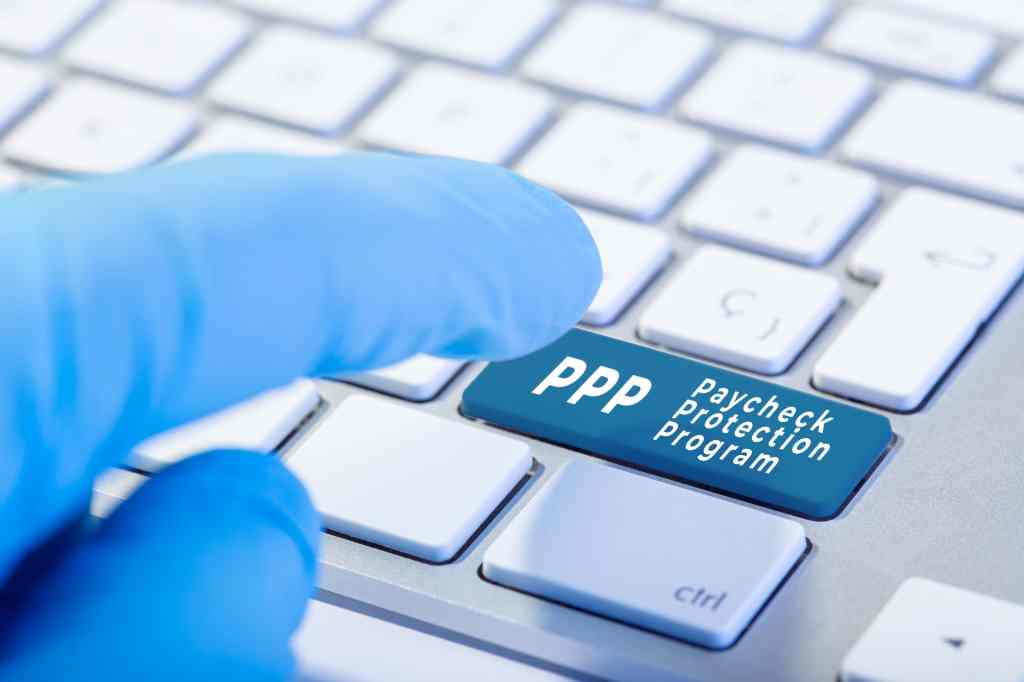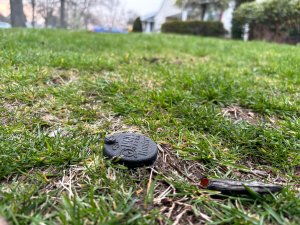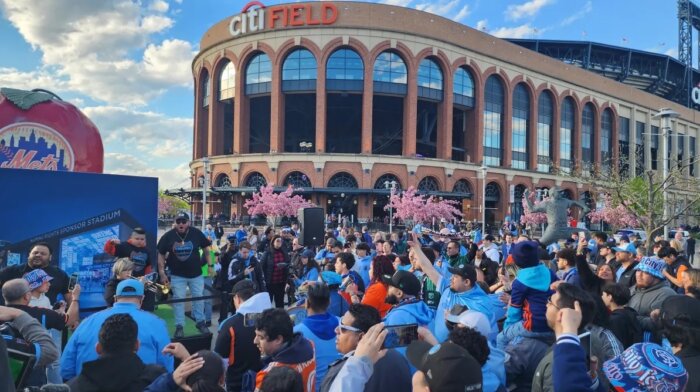Veronica Bencivenga, owner of Duck Donuts in Hauppauge, owns exactly the type of business the Paycheck Protection Program seems intended for, as a small, family-owned company that struggled due to the coronavirus pandemic.
She reached out to Bank of America, her company’s banker, to facilitate a PPP $98,000 forgivable federal loan — up to 2.5 times monthly payroll — and got nowhere.
“I found an interesting trend,” she says. “Business owners I spoke to who were looking for larger loans, $1 million or more, were getting approved and funded rapidly. Owners looking for $125,000 or $75,000 didn’t make any progress.”
Bencivenga got funds through Bethpage Federal Credit Union, which had handled her personal mortgage, in four days.
Richard Izzi, a partner in transaction advisory services at Manhattan-based Marcum LLP, which has large Melville operations, says many companies didn’t get loans the first time around due to demand, regardless of amount. He says many companies in the second round often got funded “through banks with which they didn’t have a previous relationship.”
“They were overwhelmed,” he says of banks, citing a $2 million loan not obtained in the first round, but later approved.
Big banks obtained the lion’s share of Small Business Administration (SBA) loans, including many smaller ones. Still, numerous small business representatives believe larger banks prioritized larger loans with bigger commissions per loan.
“Banks did what any prudent business would do: Try to make as many large loans as possible,” said Bencivenga. The number of her business’s employees initially dropped from 26 to 12 as revenues fell by nearly half. “It’s more effective from a business perspective to administer fewer larger loans than many small ones.”
The initial PPP $349 billion was followed by $310 billion in funding, including $30 billion for community banks and small credit unions and $30 billion for medium-sized banks and credit unions.
“For most other government regulated programs, small business is defined as up to 50 or 100,” Bencivenga says. “PPP defined small business as 500 employees.”
Joseph Durko, managing director of Melville-based Integrekon Partners, helped dozens of companies get funds, often with no help from their primary banker.
He says a San Francisco-based company got nowhere with Bank of America, its banker, before he helped the company obtain $600,000 through Cache Valley Bank, in Utah.
“I believe larger institutions have favored larger clients in underwriting,” Durko says. “The larger the average loan amount, the less work you have to do to get to the same fee level.”
Durko says Wells Fargo told a company the bank wouldn’t have enough funding allocated to help, even though the company applied early.
He adds that City National Bank in Beverly Hills helped Long Island companies obtain loans; others credited Bridgehampton-based BNB.
“The true SBA lenders were better equipped to handle this,” Durko says, noting PPP was run through the Small Business Administration.
Anthony Buonaspina, CEO of LI Tech Advisors in Babylon, says BNB got his company a $135,000 forgivable loan.
“I decided to go through a local bank that I didn’t even have an account with,” he says of BNB. “They worked their asses off and got my company the funding it needed in a few days.”
Bencivenga said Bank of America’s list of business categories didn’t even include restaurants or food and beverage.
“They had hedge fund manager, legal firm, financial services, and construction,” she says. “There was no restaurant or food service. I had to pick ‘other.’”
Applications in the first round asked companies to indicate if they were affected, but not specify how they were damaged by the economic downturn.
”They didn’t ask, ‘Are your sales down? What percentage? Is your staffing down? How much?’ There were no financial questions,” Bencivenga says. “There were more teeth to the second set of disclaimers.”
Loans can be forgiven if 75 percent is used for payroll up to $100,000 in salaries, with the remainder for mortgage, rent and utilities within eight weeks after the loan is made. Otherwise, they must be repaid within two years at a 1 percent interest rate.
Companies often reward banks who helped. Buonaspina said he’s moving $500,000 into a BNB account.
“They were very accommodating to me,” he says.
Bencivenga plans to do business with Bethpage Federal Credit Union beyond this program.
“We definitely are going to do more banking with Bethpage,” she says, noting that she has been able to staff fully and stay in business, with help from the PPP funds.
Sign up for Long Island Press’ email newsletters here. Sign up for home delivery of Long Island Press here. Sign up for discounts by becoming a Long Island Press community partner here.




























